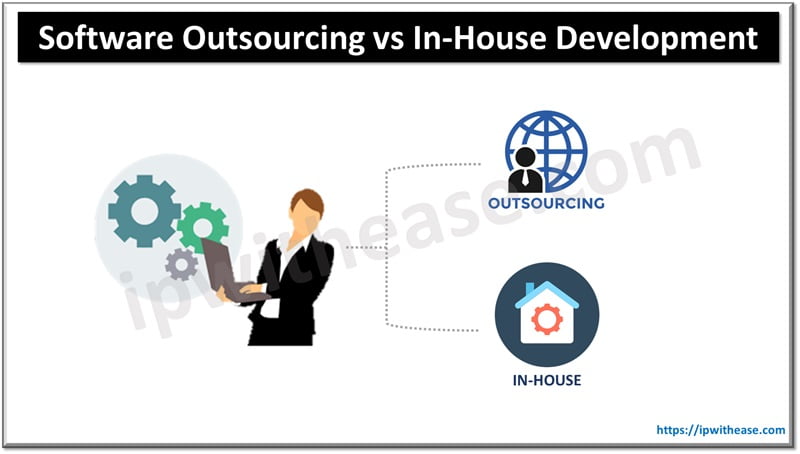Table of Contents
In the quick-moving digital world we live in now, businesses are always looking for methods to make their networks work better and simplify things. There’s one strong method that often gets ignored: creating custom software solutions. When you design applications specifically for your own requirements and IT surroundings, it gives a big advantage in efficiency and performance to the company. For example, a top virtual reality development company recently applied a unique traffic control system that adjusts network resources according to present demand. This resulted in cutting down latency by 30% for crucial applications.
The use of custom software allows organizations to have precise control over their network infrastructure. This means they can manage bandwidth, give importance to different types of traffic and apply security rules with very specific details. Having this level of customization is especially valuable in industries that have strict rules or need unique ways of doing things, where ready-made solutions might not work well enough. When businesses invest in software made for a certain purpose, they make sure that their networks are set up in the best way possible to help them reach their particular goals and limitations.

APIs: The Glue That Binds Custom Software and Networks
The central secret to effective custom software integration is APIs (Application Programming Interfaces). These flexible instruments function as connectors, linking bespoke applications with the services and abilities already present on a network. They make possible smooth swapping of data and functions. Through APIs, creators can access an array of resources like network-watching gadgets or safety systems for application in their specifically crafted solutions.
A main model of this combined effect is the mix of custom analytics software and network monitoring systems. When a dedicated analytics engine gets real-time network information, it provides IT groups with unmatched clarity on performance measures, recognizing possible slowdowns and actively improving resource distribution. This kind of understanding would be hard to get using separate applications that can’t communicate with the base network structure.
Related: API vs CLI
Fortifying Custom Applications Against Network Threats
Even though custom-made software comes with many advantages in functionality and efficiency, it can also bring up fresh security worries. Applications made within the organization might have hidden flaws or wrong settings that attackers could use to break into systems. To lessen these risks, companies should focus on secure coding methods and perform frequent security checks during the software creation process.
Also, custom applications must be made to use the network security controls already in place. These include firewalls, intrusion prevention systems (IPS) and virtual private networks (VPNs). By making these defensive measures part of the software structure, developers can add an extra safeguard against possible dangers. Consider the example of strengthening a custom e-commerce platform: putting into effect detailed access controls and encryption methods helped to stop attempted breaches of data and make sure that confidential customer details remained private.
Virtualization and Containerization: Boosting Agility and Efficiency
The coming of virtualization and containerization technologies has greatly changed how custom software is created and put into action. These methods, by separating applications from the network infrastructure beneath them, give organizations a chance to attain new heights of flexibility and expandability. Containerization has become a real game-changer, it lets developers bundle the software with its requirements into light units that can move easily between various settings.
A useful situation that emphasizes the good points of containerization is when old software is shifted to a new, cloud-based design. With containers, we can put the application together with its libraries in one unit. This makes it easy for IT teams to move from old-fashioned and solid systems into a more flexible microservices method. The shift not only simplifies looking after and updating but also allows the software to use all scaling-up and backup features given by cloud platforms.
Navigating the Impact of Network Evolution on Custom Software
Networks keep growing and changing fast because of new technologies such as software-defined networking (SD-WAN), along with 5G. So, custom software development methods also need to change accordingly. The bigger capacity, less delay and improved flexibility provided by these progressions give more options for application performance and capability. But, they also bring in fresh complexities and difficulties that developers have to handle with care.
For organizations to make the most of these advanced networks, they need to reconsider how they do custom software development. This could mean using different programming languages and frameworks that are better for fast, low-delay environments or changing the structure of current applications so they can use edge computing advantages.
To sum up, in the digital era, the mutual connection of custom software and network optimization is getting more and more crucial. By adjusting applications to meet their specific needs and utilizing advancements in networking tech, organizations can achieve higher levels of efficiency, flexibility and creativity. With change happening faster than ever before, the people who give importance to making software solutions designed for a specific purpose will have better chances of succeeding in this constantly changing world.
ABOUT THE AUTHOR
IPwithease is aimed at sharing knowledge across varied domains like Network, Security, Virtualization, Software, Wireless, etc.



